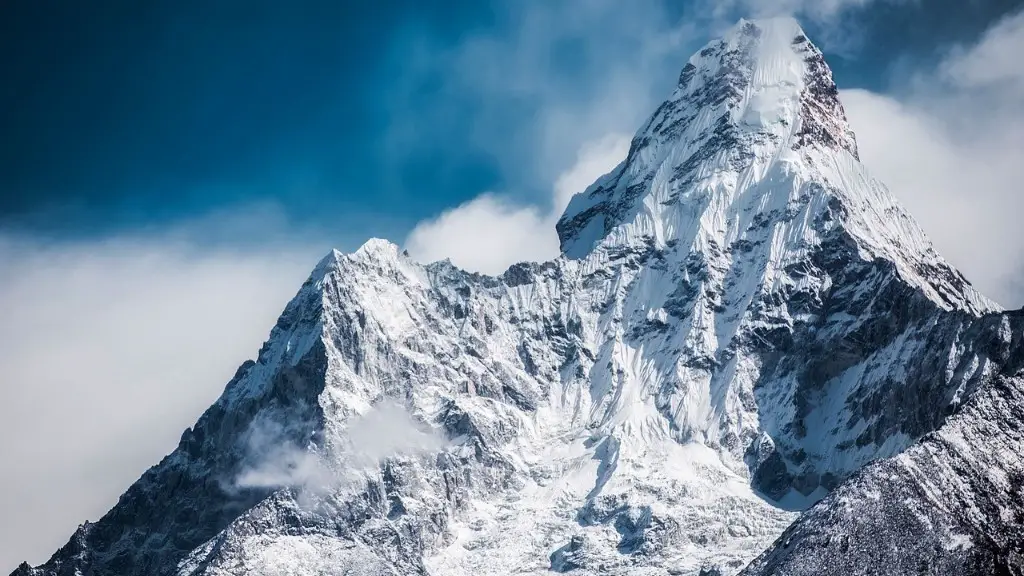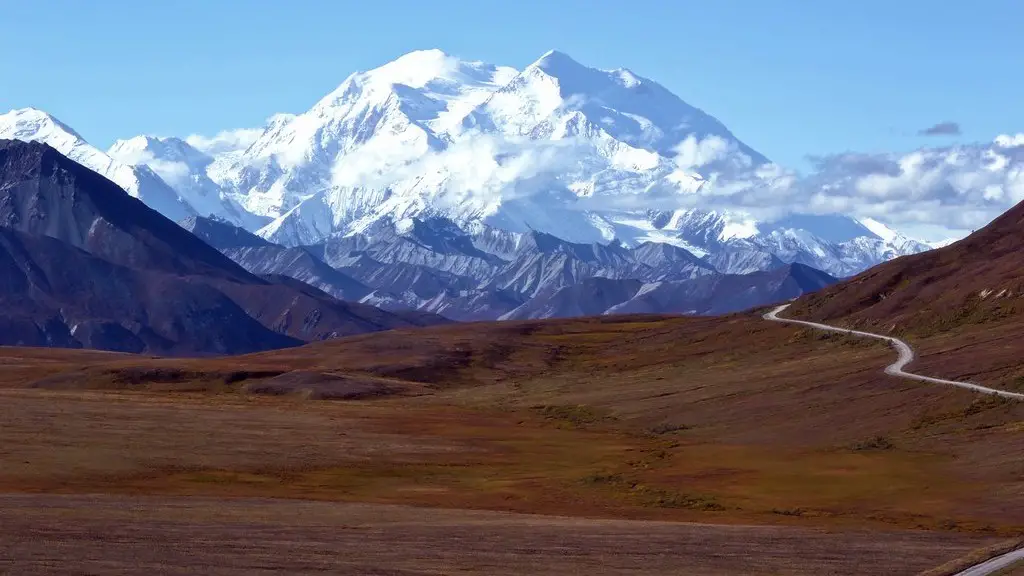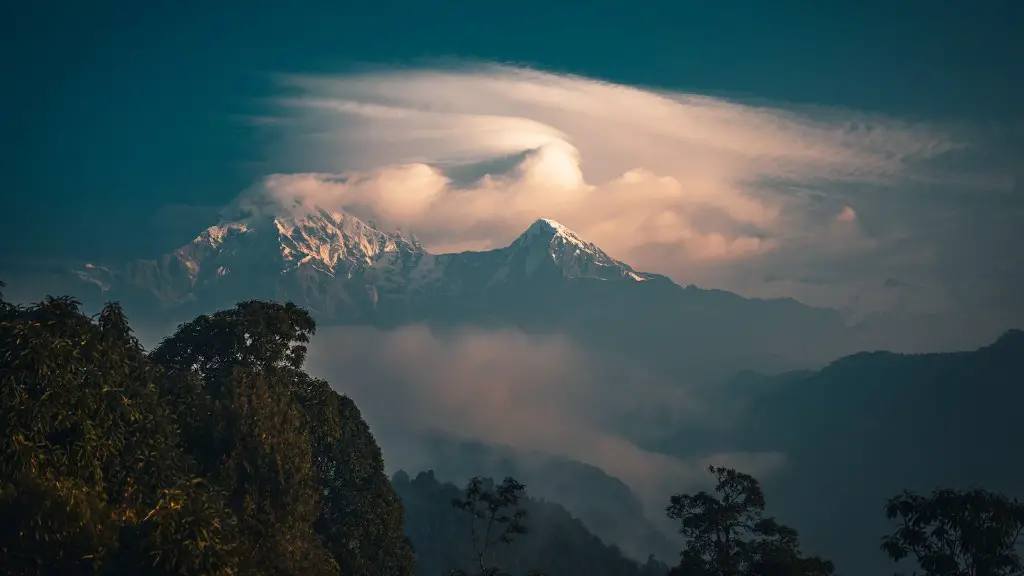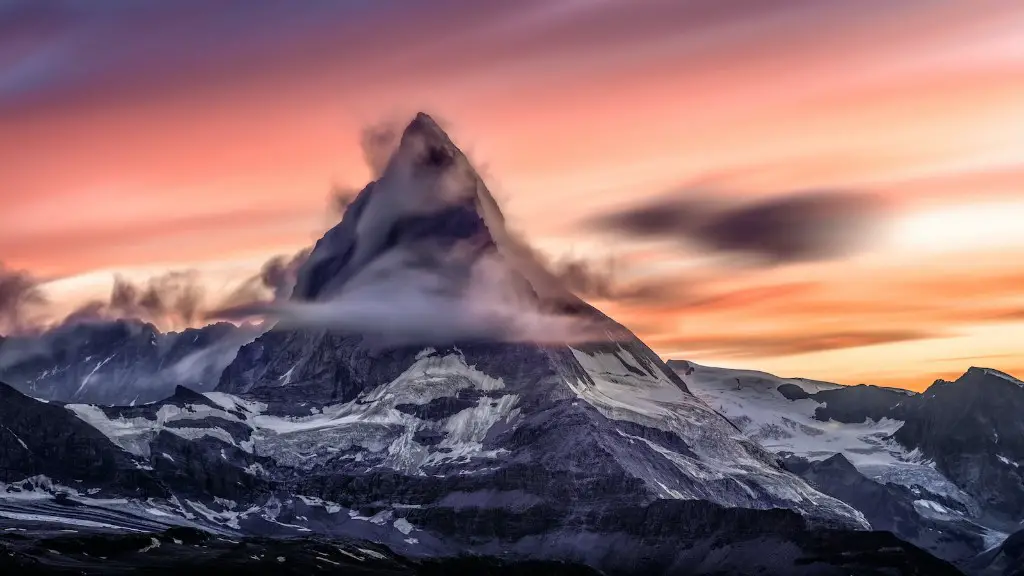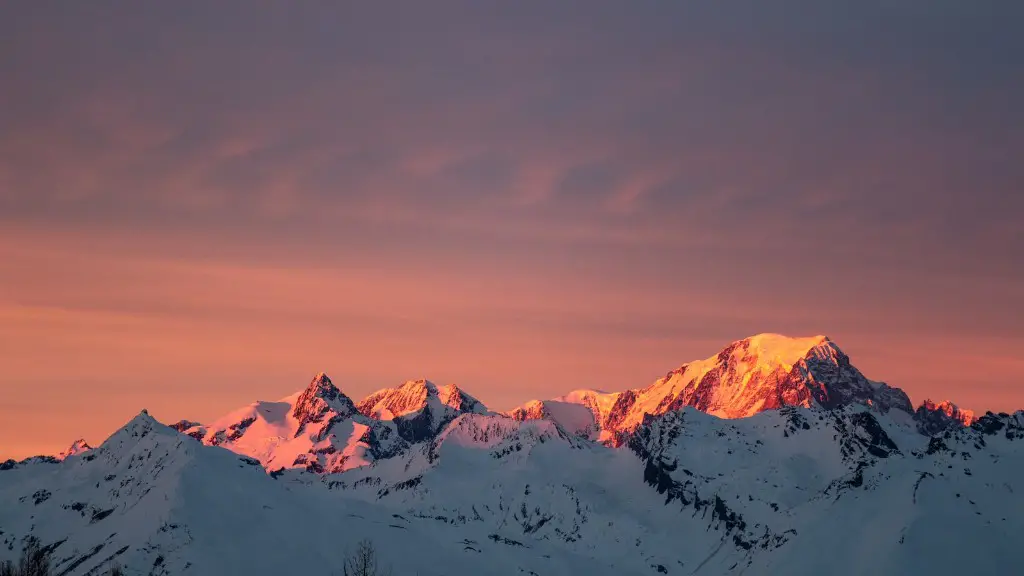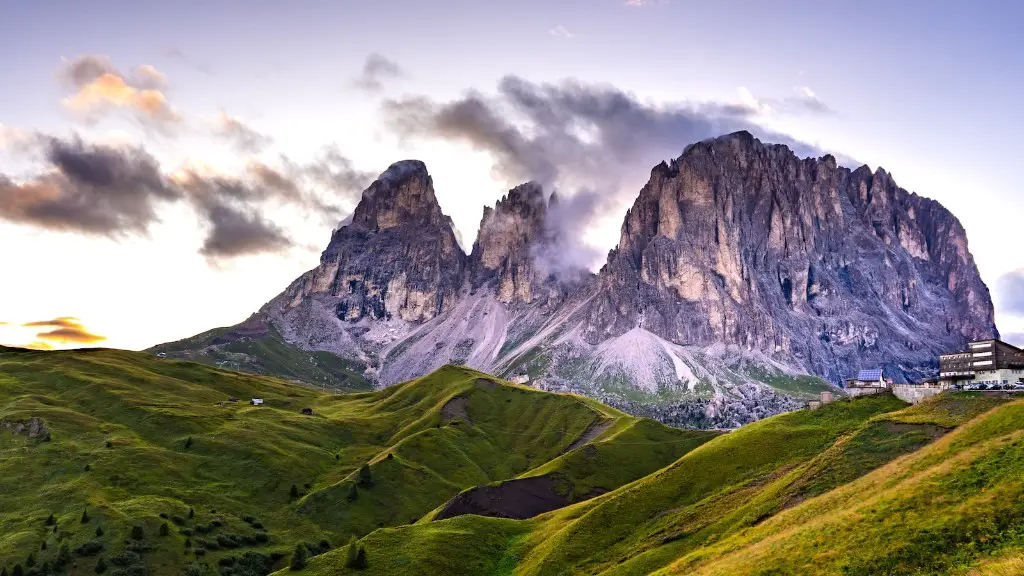There are no definitive answer to this question as the number of dead bodies on top of Mount Everest changes every year. However, it is estimated that there are between 200 and 300 bodies currently on the mountain. The majority of these bodies are located in the “death zone” – an area above 8,000 meters (26,247 feet) where it is impossible for humans to survive for long periods of time. Many of the bodies in the death zone are well-preserved due to the low temperatures, but some have been there for so long that they have been reduced to skeletal remains.
There is no definitive answer to this question as the bodies of climbers who have died on Mount Everest are often difficult to recover. However, it is estimated that there are between 200 and 300 bodies still on the mountain.
Can you still see dead bodies on Everest?
There are quite a few dead bodies in various places along the normal Everest routes. Some have been there for years, some appear only after weather changes and snow deposits moves. Some bodies may only be days old.
The high altitude and extreme weather conditions on Everest make it very difficult to remove bodies after someone has died. It can cost up to $70,000 to hire a team to retrieve a body, and sometimes even this is not possible. Two Nepalese climbers died while trying to recover a body from Everest in 1984.
What is the oldest dead bodies on Everest
George Mallory’s body was found in 1999, 75 years after his death in 1924. Mallory had attempted to be the first person to climb Everest, but disappeared before anyone could confirm if he had succeeded. His body was found during an unusually warm spring.
The Himalayan Database is an online database that keeps track of all the expeditions that have been made to the Himalayas. According to the database, more than 310 people have died while trying to summit Everest between 1924 and 2022. However, the exact number of people who have perished on Everest is not certain as the death toll is predicted to be over 400. The reasons for the high death toll include the extreme altitude, harsh weather conditions, and the treacherous terrain. Despite the risks, many people are still drawn to the challenge of summiting Everest.
Who is Sleeping Beauty on Everest?
Francys Arsentiev was an American mountain climber who was also known as the mountain’s Sleeping Beauty. She succeeded in ascending the highest mountain in the world, but she passed away on the way back to the base camp.
Jordan Romero is an American mountain climber who was 13 years old when he reached the summit of Mount Everest. Rameo was accompanied by his father paul Ramero and his step-mother Karen Lundgren, and three sherpas, Ang Pasang Sherpa, Lama Dawa Sherpa, and Lama Karma Sherpa.
Who was to blame for the 1996 Everest disaster?
Krakauer blamed the inexperienced climbers and the guides who agreed to lead them–in return for large sums of money–for the tragedy. He argued that the guides should have known better than to take such risks, and that the climbers should have been more prepared. Krakauer’s account of the disaster was adapted into the film Into Thin Air.
Green Boots is the nickname given to the body of an Indian climber, Tsewang Paljor, who died on Everest in 1996. His body became a marker for other climbers, and over the years has become one of the mostrecognizable features on the mountain. While there have been many rumors that his body had been removed from the mountain, this is not the case. Green Boots remains on Everest, and is likely to be there for many years to come.
How much does it cost to climb Everest
The cost of climbing Everest has been on the rise in recent years, with the average price now costing around $45,000. While this may seem like a lot of money, it is important to remember that the journey up Everest is not for the faint of heart. The prices are likely to continue to rise in the coming years, so if you are considering making the trek up Everest, it is best to do it sooner rather than later.
More than 300 climbers have died on their way to the top of Mount Everest since 1953, when the first men reached the summit. A third of these succumbed to the deadly lack of oxygen.
How long can you stay in the death zone on Everest?
The death zone is an area of Mount Everest that is above 8,000 meters (26,000 feet). This area is notorious for its dangerous conditions, and many climbers have died here. Media reports have advised people not to stay in the death zone for more than 16 to 20 hours, as shorter stays can also be deadly. Most of the 200+ climbers who have died on Mount Everest have died in the death zone. If you plan to climb Mount Everest, be sure to take this advice into consideration and be prepared for the dangers of the death zone.
The large number of climbers that year reflects the general trend of an increase in the number of people attempting to summit Everest. The death rate, while still alarming, is lower than it was in previous years. This may be due to the fact that more experienced climbers are leading expeditions and that better safety gear is available.
Who is the famous dead person on Everest
Green boots is without a doubt the most famous dead body on Mount Everest. It is so famous that climbers use it as a checkpoint on the way up.
Everest is the world’s tallest mountain and is known for its deadly conditions. The top three causes of death on Everest are avalanches, falls, and mountain sickness. Avalanches are the most deadly, as they can happen without warning and often bury climbers who are unprepared. Falls often occur during the descent, when climbers are exhausted and not paying as much attention. Mountain sickness is also deadly, as it can cause brain or lung edema.
What are the chances of dying Everest?
mountaineering is an inherently dangerous sport, and fatalities are unfortunately not uncommon. However, the fatality rate on Mount Everest is especially high, at 141%. This is likely due to a combination of factors, including the difficulty of the climb, the altitude, and the fact that many climbers are inexperienced and ill-prepared. Despite the risks, hundreds of climbers attempt to summit Everest every year.
There are plenty of places where you can shower on the Everest Base Camp trek. The only issue with this is that sometimes the water isn’t hot. All of the showers available on the Everest Base Camp trek are heated by solar power so if it’s been a cloudy day or for a couple of days you’re not going to get any hot water.
Who is the most famous body on Mount Everest
Tsewang Paljor was a climber who died on Mt. Everest in 1996. His body was found near the summit and became known as “Green Boots” because of the green boots he was wearing. For nearly 20 years, his body has been a trail marker for those seeking to climb Everest from its north face.
Jost Kobusch is a German climber who is currently attempting to climb Mount Everest in the dead of winter. This is a very brave and dangerous undertaking, as Everest is an incredibly difficult mountain to climb even in the best of conditions. Unfortunately, due to the current pandemic, Kobusch is completely alone in his attempt, as there are no other climbers on the mountain. This makes his task even more difficult and dangerous, but he remains determined to summit Everest and return safely. We wish him all the best of luck in his endeavour.
Warp Up
There are no official numbers, but it is estimated that there are over 200 bodies on Mount Everest.
There is no way to know for sure how many dead bodies are on top of Mount Everest, but it is estimated that there are at least 200. This number is likely to continue to grow as more people attempt to summit the world’s highest mountain. While the number of fatalities on Mount Everest is relatively low when compared to other mountains, the extreme altitude and challenging conditions make it a very dangerous place.
